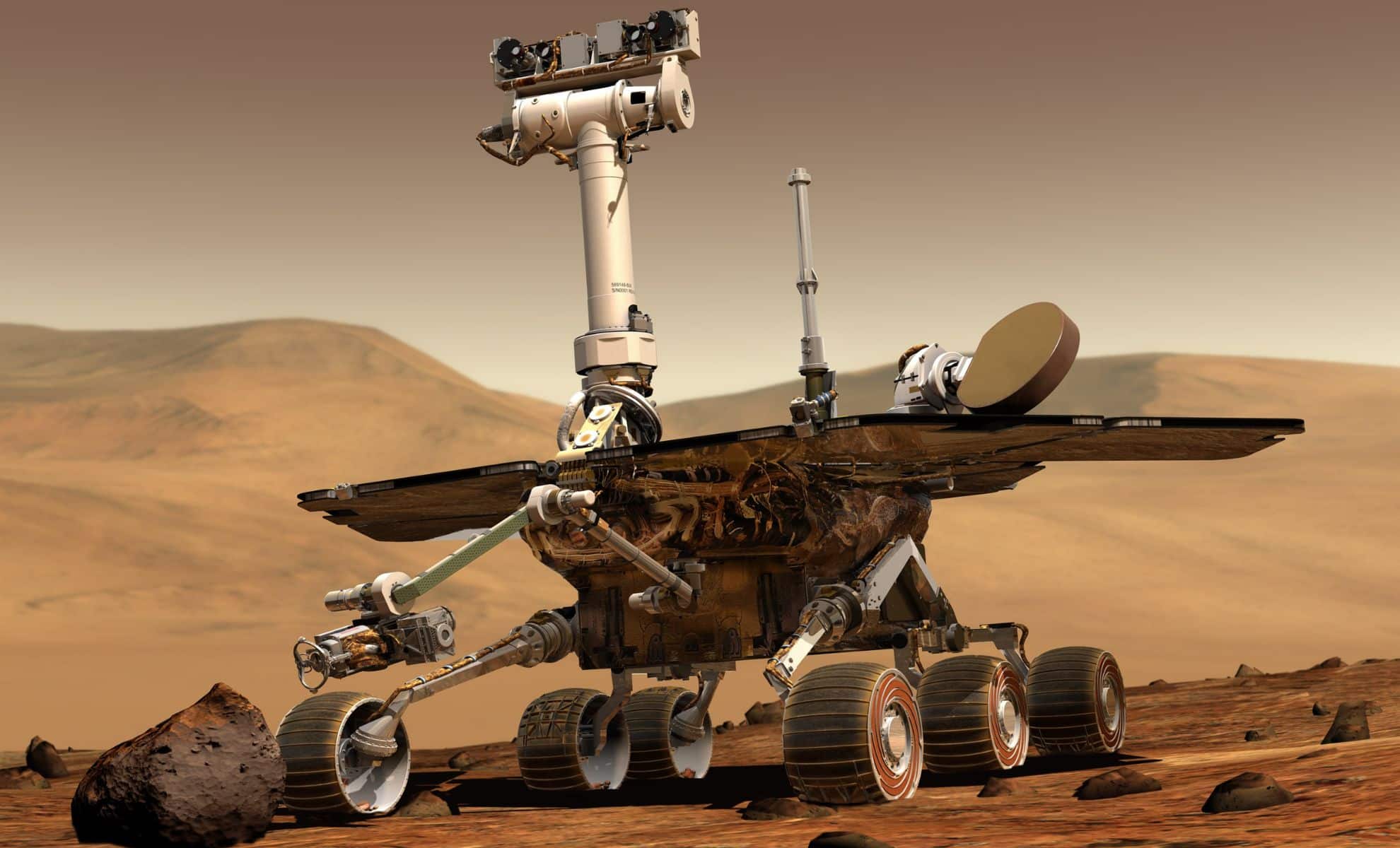NASA’s Perseverance rover has made significant strides in its mission to uncover the geological history of Mars by exploring the ancient river channel of Neretva Vallis.
Originally thought to be just a clear route devoid of rover-slowing boulders, Neretva Vallis has turned out to be a geological treasure trove. After navigating through a challenging dune field to avoid potentially damaging boulders, the rover reached its latest area of scientific interest on June 9.
This detour not only shortened the drive time to the area, nicknamed “Bright Angel,” but also provided the science team with an opportunity to explore fascinating geological features within an ancient river channel.
Journey Through Neretva Vallis
The Neretva Vallis river channel, which billions of years ago carried substantial water flow into Jezero Crater, offered a more efficient route for Perseverance to traverse. Perseverance began paralleling the channel in late January, making good progress initially.
However, the increasing number and size of boulders soon slowed the rover’s progress significantly. This challenging terrain forced the team to use the rover’s auto-navigation system, AutoNav, for safe traversal, but even AutoNav found the going tough. Eventually, the team identified a potential shortcut through a quarter-mile dune field within the river channel, a path they had been eyeing for some time.
Evan Graser, Perseverance’s deputy strategic route planner at NASA’s Jet Propulsion Laboratory, explained the team’s strategy: “We had been eyeing the river channel just to the north as we went, hoping to find a section where the dunes were small and far enough apart for a rover to pass between—because dunes have been known to eat Mars rovers.”
The team’s patience paid off when they found a suitable entry point and Perseverance made a beeline for it, allowing the rover to reach its first science stop within the channel efficiently.
Discoveries at Mount Washburn
One of Perseverance’s notable stops was at Mount Washburn, an outcrop identified from afar by the rover’s Mastcam-Z camera. This location captured the interest of scientists due to its diverse boulders and light-toned bedrock. Upon closer inspection, the team was amazed by the variety of colors and textures present, prompting detailed analysis using Perseverance’s remote sensing instruments.

The discovery of such geological diversity at Mount Washburn has opened new avenues for research, providing deeper insights into the region’s history.
A standout feature at Mount Washburn is a bright boulder dubbed “Atoko Point,” speckled with dark spots. Using Mastcam-Z for multispectral imaging and SuperCam for laser analysis, the team aims to decipher the composition and geological processes that formed Atoko Point. The preliminary analysis suggests that Atoko Point is composed of pyroxene and feldspar, with unique mineral grains and crystals that set it apart from other rocks found on Mars.
Some scientists speculate that the minerals originated from a subsurface magma body, while others believe the boulder could have been transported from far beyond Jezero Crater by ancient Martian waters.
Heading Towards Bright Angel
After the successful exploration of Mount Washburn, Perseverance continued its journey, covering 433 feet north to investigate the geology of “Tuff Cliff” before embarking on a longer trek to Bright Angel. This next target, visible from orbital imagery, stands out due to its striking contrast with the surrounding terrain.

The science team is eager to examine the vertical stacking of rocks at Bright Angel to understand their connection to Neretva Vallis and the crater rim. These investigations are expected to reveal crucial information about the geological history of Jezero Crater and the role water played in shaping the Martian landscape.
Brad Garczynski of Western Washington University, co-lead of the current science campaign, highlighted the importance of these discoveries: “The diversity of textures and compositions at Mount Washburn was an exciting discovery for the team, as these rocks represent a grab bag of geologic gifts brought down from the crater rim and potentially beyond.”
The findings at Mount Washburn and the anticipated discoveries at Bright Angel are essential for piecing together Mars’ complex geological history and understanding the planet’s past environments.
NASA’s Perseverance Mission Objectives
Perseverance’s exploration of Neretva Vallis is a critical component of its mission to uncover the history of water and geological activity on Mars. A key objective of the mission is astrobiology, including caching samples that may contain signs of ancient microbial life.
The rover’s findings contribute to our understanding of Mars’ geology and past climate, paving the way for future human exploration. Subsequent NASA missions, in collaboration with the European Space Agency (ESA), aim to return these samples to Earth for detailed analysis.
NASA’s Perseverance mission is part of a broader Moon to Mars exploration approach, including Artemis missions to the Moon, which will help prepare for human exploration of the Red Planet. Each new discovery by Perseverance brings scientists closer to understanding Mars’ history and the possibility of ancient life, enhancing our knowledge of the Red Planet and its potential for future exploration.
#NASAs #Perseverance #Uncovers #Ancient #Geological #Secrets #Mars,
#NASAs #Perseverance #Uncovers #Ancient #Geological #Secrets #Mars

